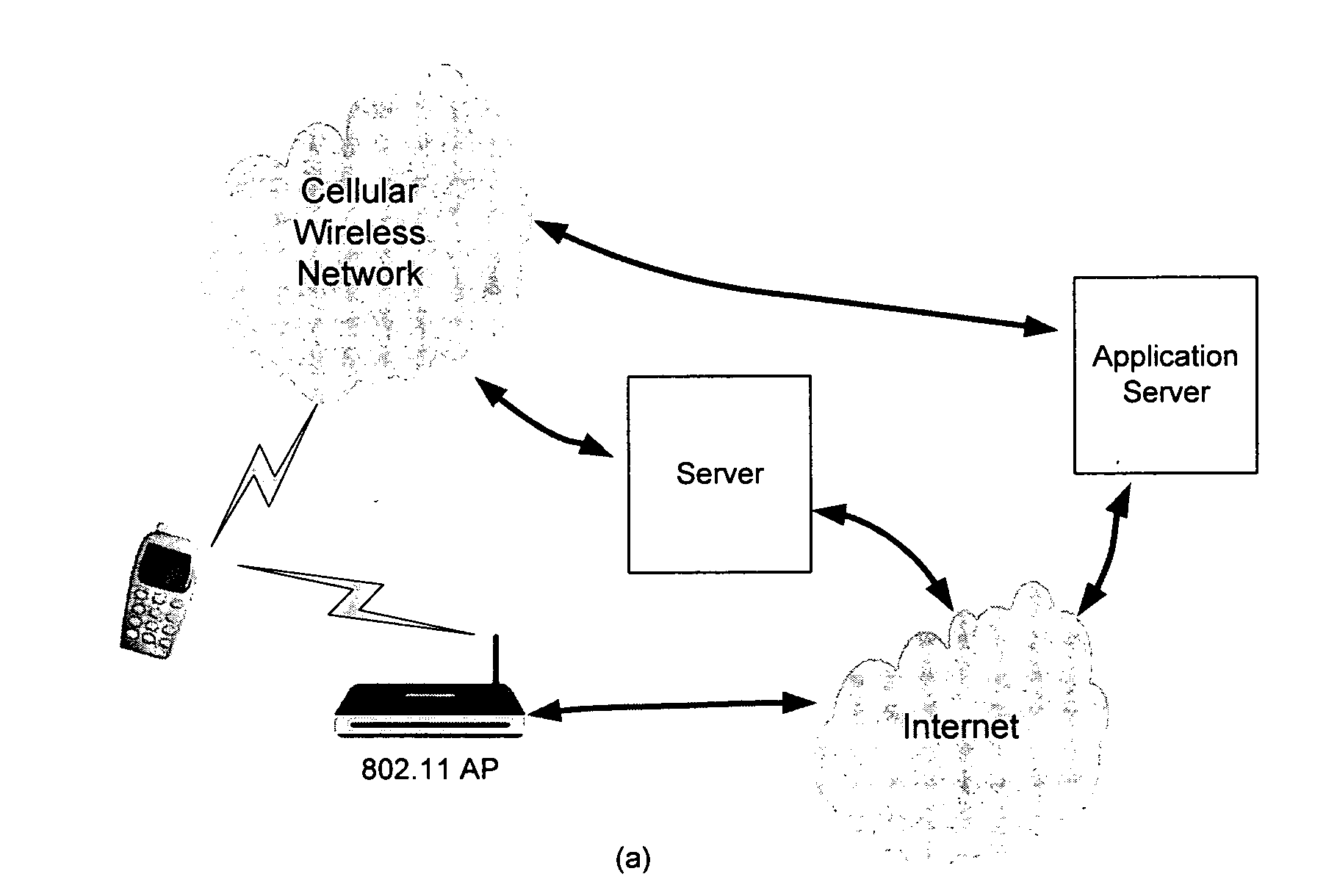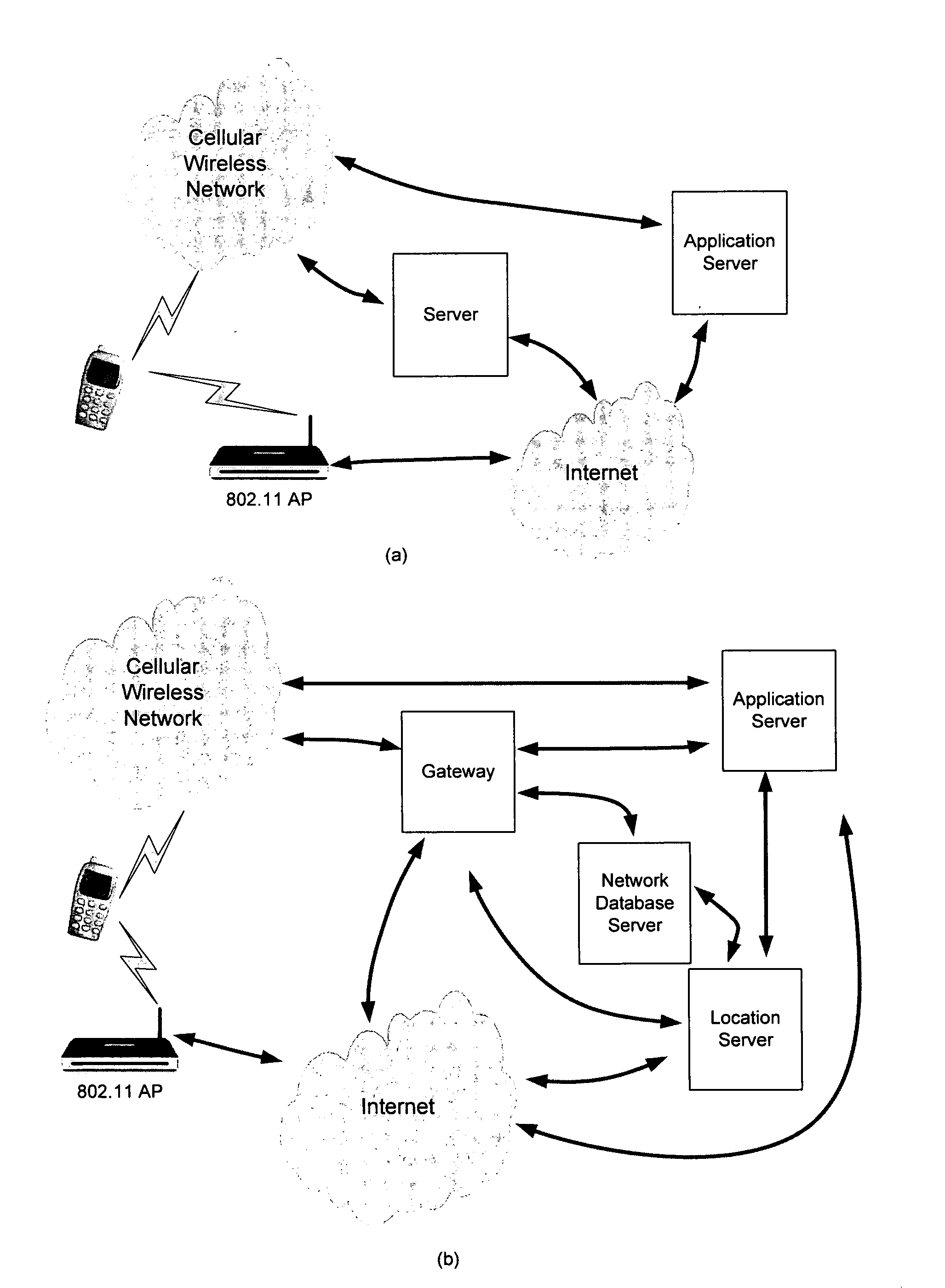Location of wireless mobile terminals
a mobile terminal and wireless technology, applied in the field of wireless mobile terminal location, can solve the problems of gps having a number of limiting factors, too much of an operational burden to maintain, and too expensive to deploy high-accuracy technologies, so as to minimize the sum of costs
- Summary
- Abstract
- Description
- Claims
- Application Information
AI Technical Summary
Benefits of technology
Problems solved by technology
Method used
Image
Examples
Embodiment Construction
Certain embodiments of the present disclosure will now be described in detail, examples of which are illustrated in the accompanying drawings. The examples and embodiments are provided by way of explanation only and are not to be taken as limiting to the scope of the inventions. Furthermore, features illustrated or described as part of one embodiment may be used with one or more other embodiments to provide a further new combination. It will be understood that the present inventions will cover these variations and embodiments as well as variations and modifications that would be understood by the person skilled in the art
In accordance with certain embodiments, the term “aggregating” is used to describe the combined process of collecting and then maintaining information characterizing one or more wireless transmitters in a network. Other synonymous terms used in the description include discovering and updating.
In accordance with certain embodiments, the terms “wireless network access...
PUM
 Login to View More
Login to View More Abstract
Description
Claims
Application Information
 Login to View More
Login to View More - R&D
- Intellectual Property
- Life Sciences
- Materials
- Tech Scout
- Unparalleled Data Quality
- Higher Quality Content
- 60% Fewer Hallucinations
Browse by: Latest US Patents, China's latest patents, Technical Efficacy Thesaurus, Application Domain, Technology Topic, Popular Technical Reports.
© 2025 PatSnap. All rights reserved.Legal|Privacy policy|Modern Slavery Act Transparency Statement|Sitemap|About US| Contact US: help@patsnap.com



